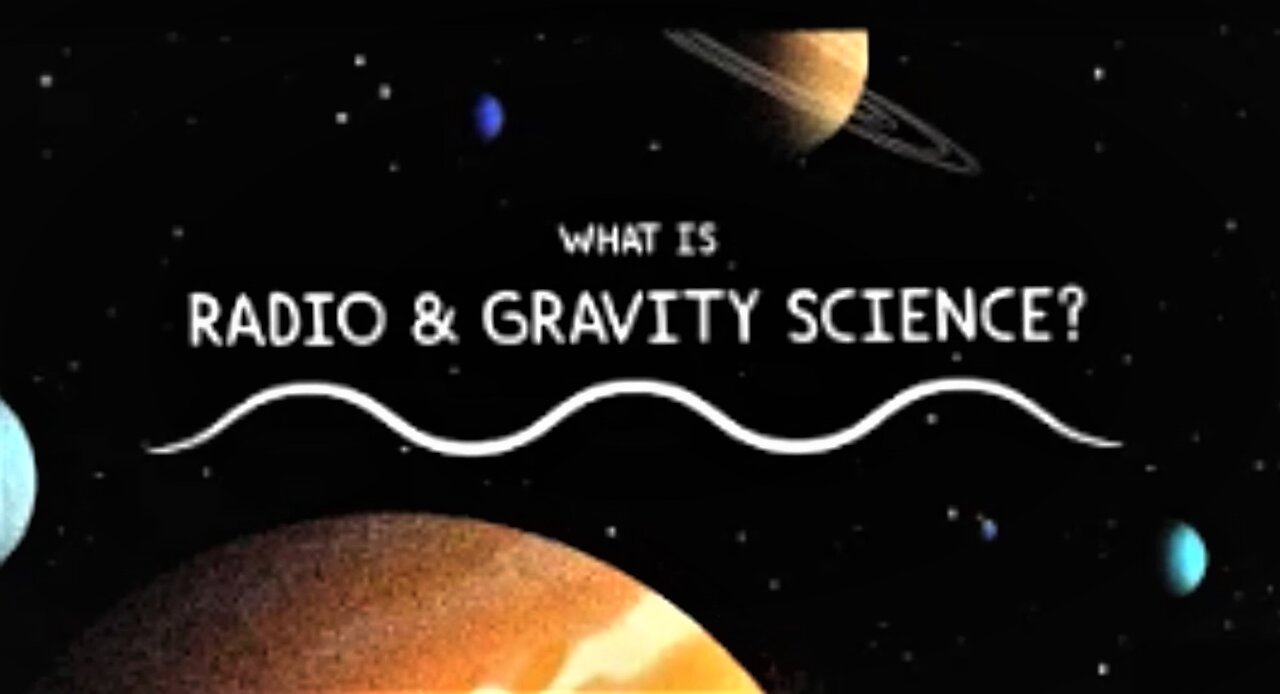Premium Only Content

How NASA Uses Gravity and Radio Waves to Study Planets and Moons
The Deep Space Network, NASA’s international collection of giant radio antennas used to communicate with spacecraft at the Moon and beyond, helps scientists and engineers use gravity and radio science experiments to learn more about our planetary neighborhood.
After reaching a spacecraft reaches its destination, it uses radio antennas to communicate with the Deep Space Network, which in turn transmits radio signals back to the spacecraft. Every spacecraft travels in a predetermined path emitting radio signals as it orbits around its target. Scientists and engineers can infer the spacecraft's location and how fast it's going by measuring changes in the spacecraft's radio signal frequency. This is made possible by the Doppler effect, the same phenomenon that causes a siren to sound different as it travels towards and away from you.
The Doppler phenomenon is observed here when the spacecraft and the Deep Space Network antenna move in relation to each other. Differences between the frequency of radio signals sent by the spacecraft as it orbits and signals received on Earth give us details about the gravitational field of a planetary body. For example, if the gravity is slightly stronger, the spacecraft will accelerate slightly more. If gravity is slightly weaker, the spacecraft will accelerate slightly less. By developing a model of the planetary body's gravitational field, which can be mapped as a gravitational shape, scientists and researchers can deduce information about its internal structure.
The Deep Space Network was developed by and is managed by NASA’s Jet Propulsion Laboratory (JPL) in Southern California. The antennas of the Deep Space Network are the indispensable link to robotic explorers venturing beyond Earth. They provide the crucial connection for commanding our spacecraft and receiving never-before-seen images and scientific information on Earth, propelling our understanding of the universe, our solar system and ultimately, our place within it.
JPL manages the Deep Space Network for the Space Communications and Navigation (SCaN) Program, based at NASA Headquarters within the Space Operations Mission Directorate.
Learn more about the DSN at go.nasa.gov/about-dsn
Learn more about the DSN and the Doppler Shift at
• How Do We Know Where Faraway Spacecra...
Credit: NASA/JPL-Caltech
-
 13:36
13:36
Clintonjaws
1 day agoCBC 2024 Election Night - Highlights - This Is Priceless!
41 -
 23:20
23:20
Lady Decade
2 hours agoI Spent The Night With Alex Jones
81 -
 LIVE
LIVE
megimu32
3 hours agoOFF THE SUBJECT: Zombie Apocalypse with GamerGril & Friends 🧟 ♀ (Send Help)
2,146 watching -
 22:08
22:08
MYLUNCHBREAK CHANNEL PAGE
21 hours agoUnder Prague
5.8K9 -
 4:43:07
4:43:07
Grant Cardone
6 hours agoGrant Cardone EXPOSES How the 1% REALLY Build Wealth (LIVE)
190K7 -
 1:19:20
1:19:20
Jeff Ahern
3 hours ago $9.75 earnedThe Saturday Show with Jeff Ahern
13K6 -
 LIVE
LIVE
GritsGG
7 hours agoQuads Win Streak! Top 70! Most Wins in WORLD! 3744+!
132 watching -
 13:26
13:26
Cash Jordan
1 day ago“PORTLAND MOB” Storms ICE HQ… ‘COMBAT’ Troops Respond With EXTREME FORCE
60.5K192 -
 4:32:52
4:32:52
ttvglamourx
6 hours ago $2.09 earnedFINSIHING YEAR 1 ON STARDEW !DISCORD
7.03K -
 3:49:46
3:49:46
Tommy's Podcast
4 hours agoE828: Vortex
7.2K